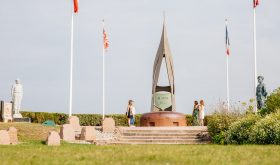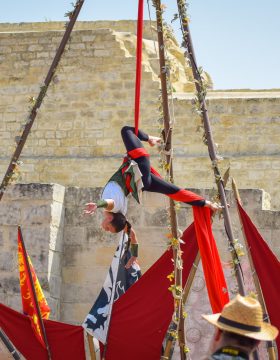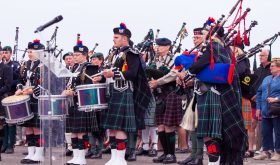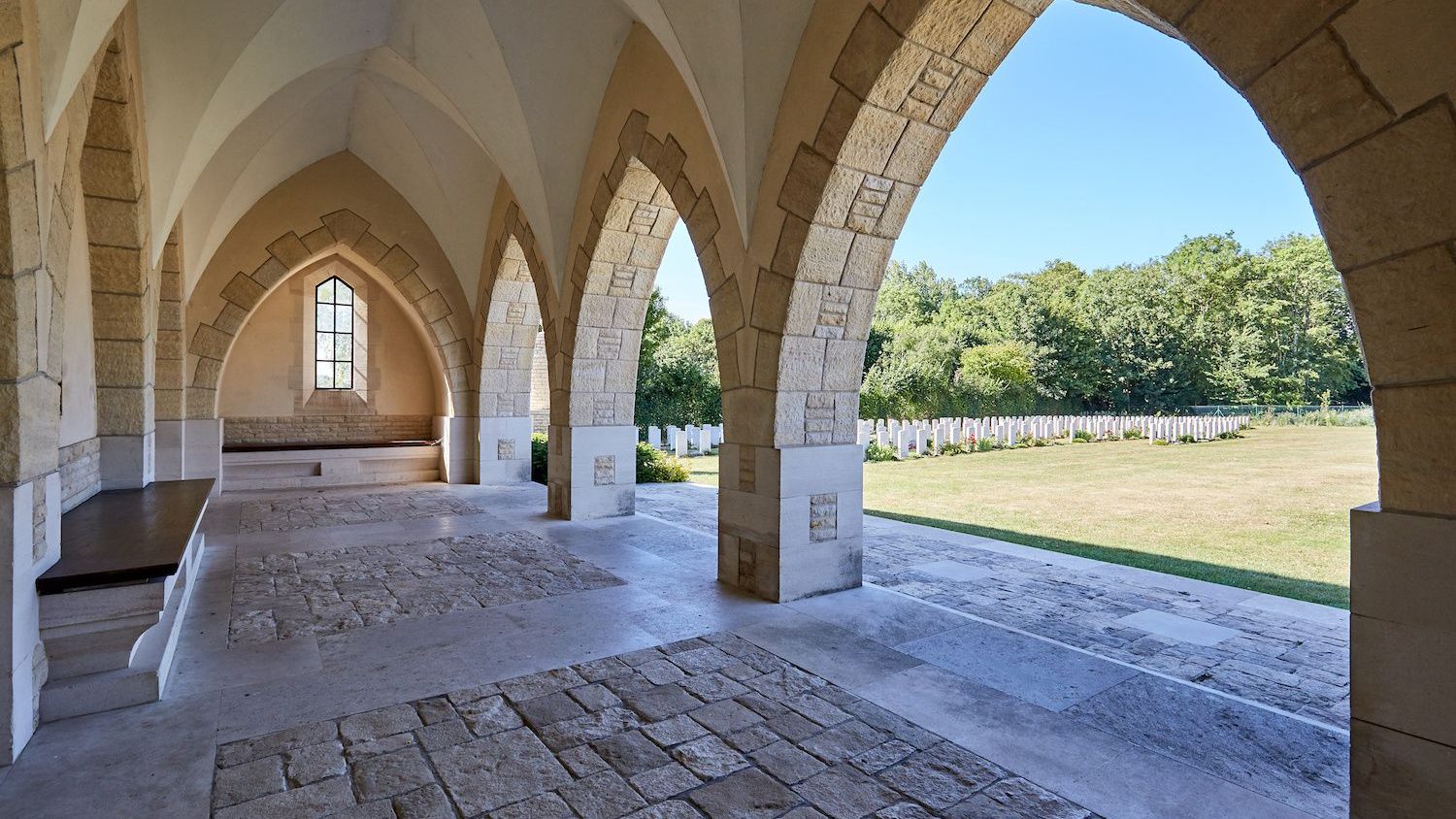The D-Day landings beaches in Normandy are testimonies to the deadly fighting between the Allies and the Germans. Take the time to visit the three British military cemeteries in Hermanville, Cambes-en- Plaine and Saint-Manvieu, and pay homage to the soldiers who gave their lives to liberate the city of Caen.
The military cemetery in Hermanville in Normandy, a witness to the D-Day landings battles
On D-Day, the soldiers from the South Lancashire Regiment decided to launch an attack in Hermanville-sur-Mer, near an area called the Brèche, the only spot on the coast without reefs. But a deadly combat followed, since the Germans had built tunnels between the fortifications, and they managed to hold out for 2 hours. The town of Hermanville-sur-Mer was then liberated, but with heavy losses, including Lieutenant-Colonel Burbury, who led the South Lancashire Regiment and was shot as the troops advanced across Sword Beach.
1005
soldiers are buried in Hermanville-sur-Mer cemetery
When you visit the cemetery, you will notice that alongside the British, there are Canadians, Australians and Frenchmen buried here, including Raymond Dumenoir, Augustin Hubert and Emile Renault. At the back of the cemetery, there is a plaque recounting the D-Day military operations in detail.
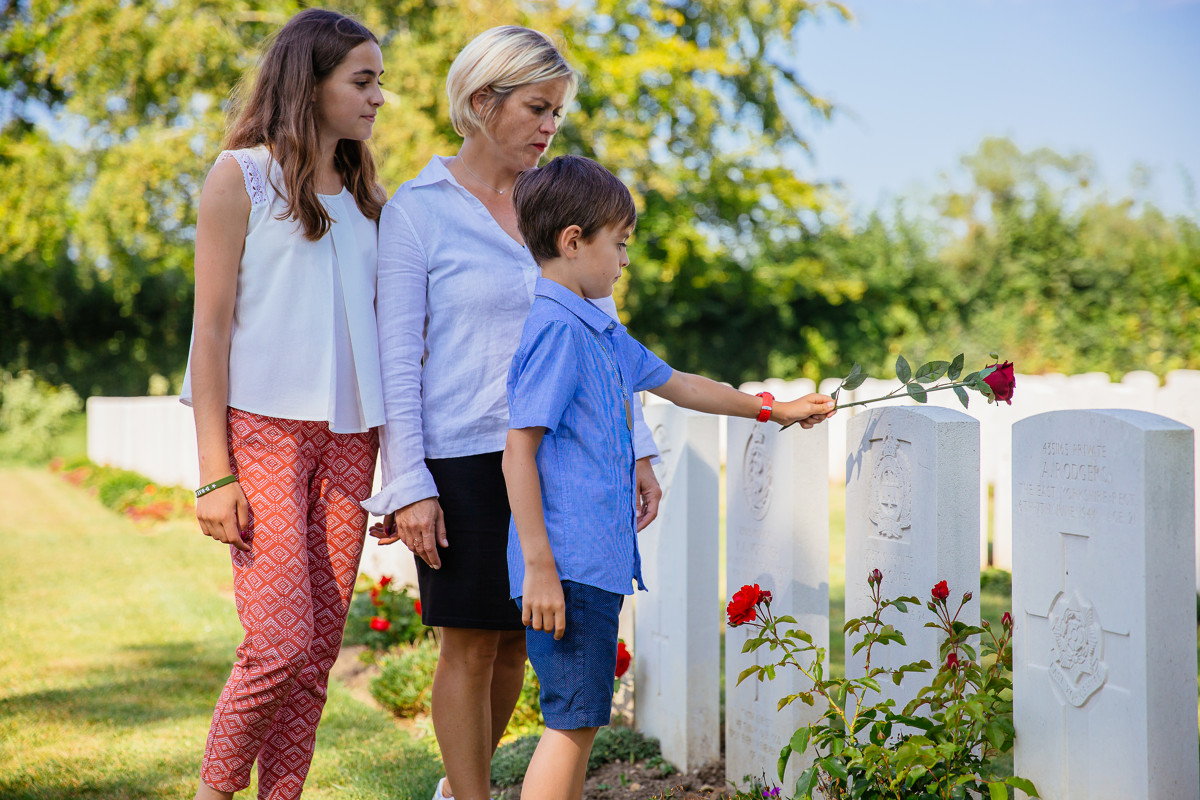
The Cambes-en-Plaine military cemetery with the graves of 224 British soldiers
Before the liberation of Caen, a major battle took place in Cambes-en-Plaine on 7 June 1944. The mission was endangered when the Allies came up against the SS of the Hitlerjugend, the Hitler Youth soldiers. Forced to retreat, they found themselves in Cambes-en-Plaine. On 9 June, Northern Irish soldiers moved to liberate the village, but were trapped in a small forest by the Germans. A great many of them were killed. One month later, Operation Charnwood led to the liberation of the city of Caen on 9 July 1944.
In the former château park, between Caen and Lion-sur-Mer, the British military cemetery of Cambes-en-Plaine was created. The 224 soldiers who fell in the fighting during Operation Charnwood are buried here, below the Cross of Sacrifice. On this peaceful site surrounded with birch trees, you can pay homage to the men killed between 6 June and 19 September 1944, before the memorial stone for the soldiers of the 2nd Royal Ulster Battalion. You can also see a monument honouring the soldiers of the 59th Staffordshire Division and the 3rd British Infantry Division, who liberated Cambes-en-Plaine on 9 June 1944.
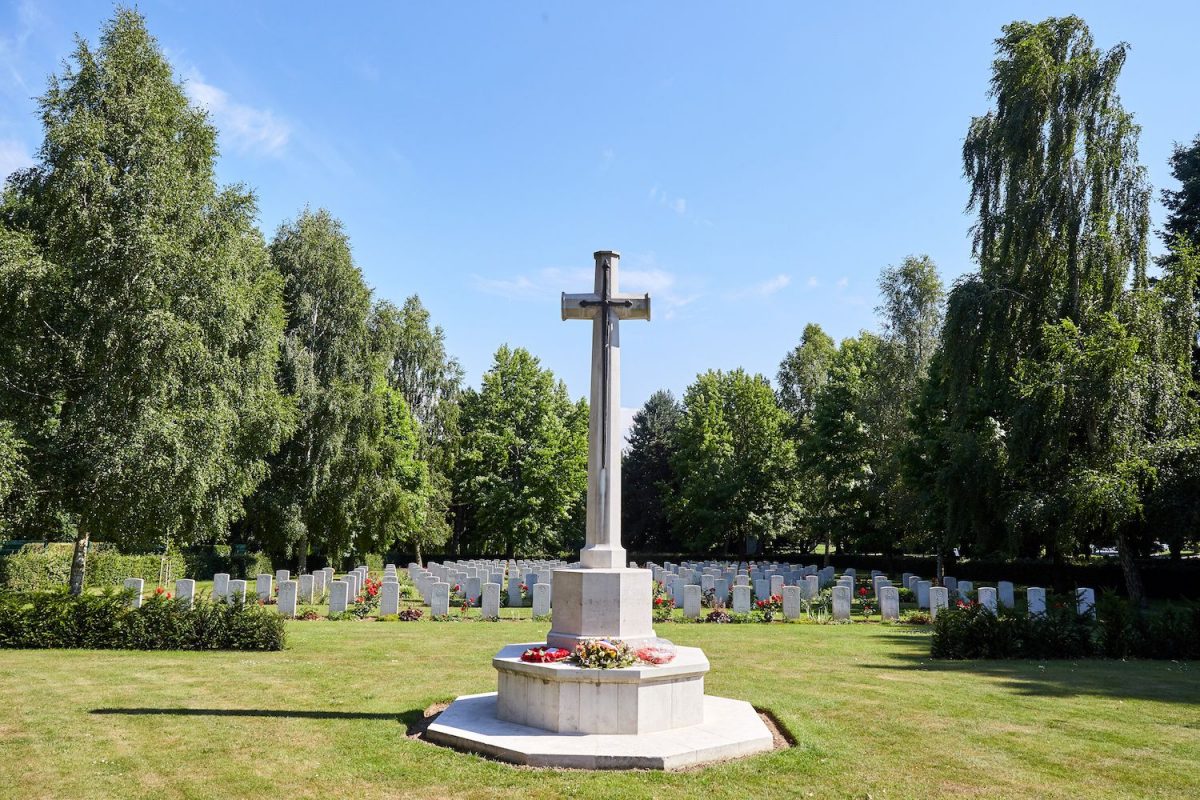
Remembrance of Operation Epsom at Saint-Manvieu-Norrey Military Cemetery
To liberate the city of Caen, an attack also needed to be made from the south. Scottish troops launched Operation Epsom to capture the Caen plain, from Saint-Manvieu and Cheux to the south-west of Caen. Even if large numbers of the enemy were killed from 26 to 30 June 1944, Operation Epsom proved to be a failure, due to the resistance of the enemy forces and bad weather conditions…
The British military cemetery in Saint-Manvieu-Norrey is one of the biggest in Normandy. Here are the graves of a total of 2,183 British, Canadian, Australian and German soldiers who died during Operation Epsom. Outside, the same plaque as at Hermanville cemetery explains the operations carried out during the D-Day landings in Normandy.
When you arrive, a message engraved on the memorial plaque sets the tone: “Their name liveth for evermore”




